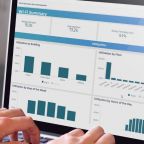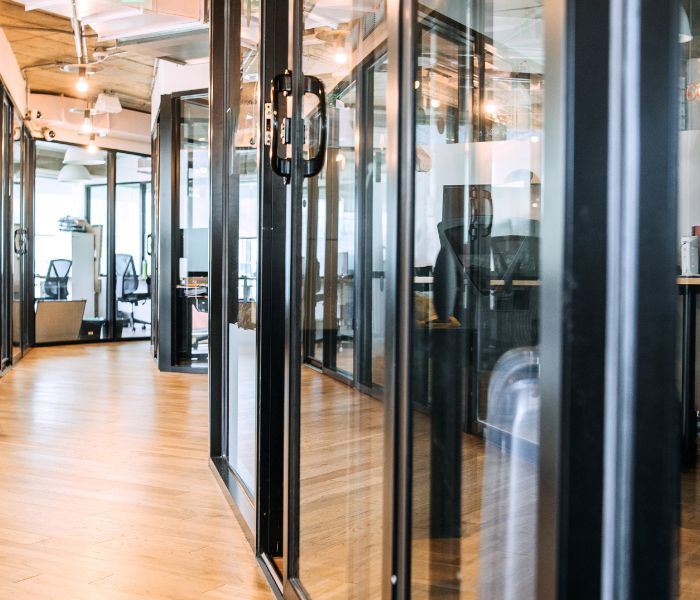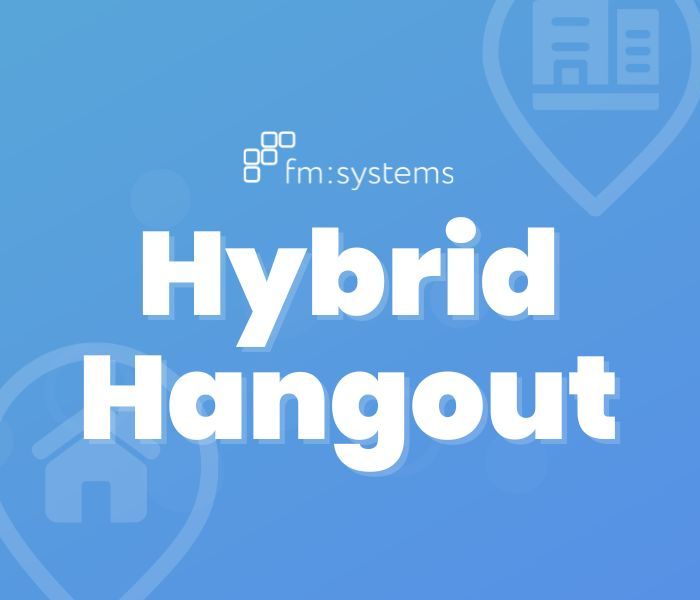It Starts with Choice
In this new “Age of the Employee”, employees want choice. Companies planning to RTO (return to office) should look to shift to an employee-centric approach to empower employees with the ability to help decide what works best for them. That doesn’t necessarily mean a “work from anywhere, anytime” strategy. In fact, while that approach may work for some, it has several challenges for most job functions and the individuals who are given that much time management responsibility. But it does mean offering employees more options than just the traditional commuting to work in-office full-time at an assigned desk.
When it comes to the number of days Employees and Employers want workers to be working at the office, the numbers have been consistent. Employees generally prefer two days or less and employers want three days or more. Employers who design multiple options for employees with varying levels of in-office working are going to make their employees happier by allowing them to have a say in what is going to best suit them as individuals. Being inflexible and forcing employees to adopt a corporate-centric strategy will drive employees to other companies (and possibly competitors) where they are given choice. Strict = Stress.
Finally, the workplace design and layout must change to support the hybrid way of working. I remember walking into one of my customer’s on-site meetings pre-COVID and being pleasantly surprised to see three separate and distinct styles of seating all put together in the same room: a soft seating couch arrangement, traditional meeting table & chairs, and bar-height seating. I appreciated so much being able to choose the way I wanted to meet and sit (or stand) based on my mood and preference. With more employees coming in on various days and expecting to do different kind of work, Activity-Based Working (ABW) designs, like those available from Dancker, should better support the way employees need to use the workplace. This will help give more value to employees and more reasons to want to come to the workplace.


Using Workplace & Office Personas
In order to create workplace choices for employees, companies must first identify worker types and their associated in-office needs. By studying this, groups such as Human Resources (HR) can help to bring into focus different workplace Personas that employees could potentially be associated with. These personas do not have to align specifically to a job title or role, but rather can be shaped by the research and employee feedback to align with varying levels of in-office days. Office personas can then be defined with workplace expectations, requirements, guidelines, and can come with perks, stipends, and benefits that allow each to have pros and cons. With these in place, employers can look to individual employees to decide the persona with, among other things, it’s associated in-office versus at-home ratio, works best for them.


Leveraging Workplace Technology
Workplace technology has a lot to offer to support return-to-office plans. While just about everyone has mastered virtual meetings from home, additional technology solutions will be needed when there is a hybrid in-office and virtual meeting taking place. Various solutions are coming out (some very expensive, some affordable) that will help to better stitch together meeting attendees as if they were all in the same room together. Outfitting a meeting room with tools such as the Meeting Owl Pro from Owl Labs or Samsung’s Huddle Room Solutions can help in this area of making hybrid meetings more of a seamless experience.
Next, the new hybrid workplace will need desk and meeting room reservation tools. Companies will likely have a combination of traditional assigned seating along with unassigned reservable desks in either an open plan or department neighborhood setting. These will need to easily be bookable both from a mobile phone and the computer. Desk booking solutions such as FM:Systems’ FMS:Employee solution enable employees to easily find, reserve, check-in, and release workspaces in a mobile app or using their browser. Employees will want to use these tools to find where their co-workers are going to be working for the day to foster collaboration. These tools can also be enhanced with sensor technology to release spaces that were reserved but not being used and provide important utilization data for analysis. By analyzing actual space use data, employers can best outfit their workplace with spaces that they see employees tend to use more.
Finally, a hybrid mix of employees who are splitting time working at home and in the workplace naturally requires excellent communication. An emerging and popular tool now is essentially a “Concierge App” for your employees. Using “low-code/no-code” software such as Modo Labs WorkReady and AppSheet (Google), an app can be created by non-developers and maintained with delegated roles to update employees about current facility news and policies, push a quick 1-2 question survey, schedule on-site workdays, and even put in service requests. Bluetooth Low Energy (BLE) beacons can be placed in the facility to do a push notification letting employees know about changes made due to COVID-19 or new renovations/policies when they are in a certain area. The idea is to give employees a single Workplace App that gives them the tools and information they need to be successful in the new workplace.


There are No One-Size-Fits-All Return to Work Strategies
One important thing to always keep in mind is that there is no One-Size-Fits All (OSFA) strategy. Many factors go in to determining what works best for each company and their employees from the types of products and/or services the company provides to the nature of the job functions within. The return to office plan also doesn’t have to be perfect out of the gate. You can learn and adjust as you find out what’s working and analyze utilization data. Change management is also an important part of making the new workplace successful. By communicating with employees before and during the process you will make them feel more engaged and they will help to shape your new corporate culture instead of having it dictated to them.


Enabling a Hybrid Workplace Model with Technology
Employees want choice, and employers must be flexible to design a return-to-office plan that allows employees to choose a persona that is aligned with a workplace strategy that works best for them. The workplace can best serve employees in a hybrid model with an activity-based working design that gives value to the workplace. Lastly, technology can assist in areas such as meeting rooms to better support hybrid meetings, desk reservation tools for in-office working, and a workplace app to better communicate with and engage employees as a one-stop-shop for their workplace needs.


Written by: Dan Lorenz, President of AMS Workplace Technology
About AMS Workplace Technology
AMS Workplace Technology (AMS) is a leading Premier Certified Business Partner with FM:Systems of 19 years that specializes in consulting, design, and implementation of facilities management software and technology solutions. AMS is a full-service, goal-oriented CAFM/IWMS implementer that partners with customers to bring them best-in-class FM applications. Our innovative solutions combined with our industry experience have helped many of FM:Systems’ largest and most successful customers including corporate facilities, pharmaceutical/research companies, higher education campuses, and health care institutions.
For more information visit http://www.amsworkplace.com












